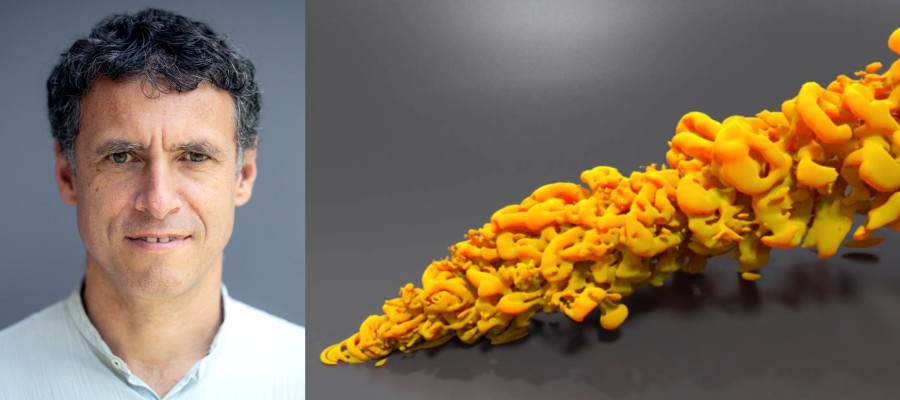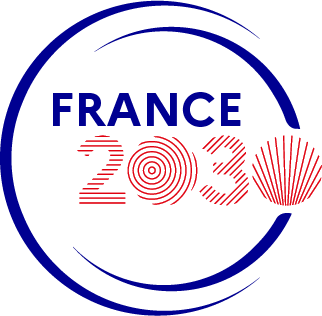
Rémi Manceau was able to validate the results by testing them on the crossflow jet.
The ASTURIES exploratory project led by Rémi Manceau, CNRS research director at the Laboratory of Mathematics and their Applications in Pau (LMAP), and a CNRS-Inria-UPPA team in partnership with CEA Cesta and IFPEN has enabled the development of models that save computing time.
Fluid flows (usually water or air) are complex phenomena due to the turbulence associated with them. People have been trying to understand them since Leonardo da Vinci, as they have numerous industrial and environmental applications. However, the experimental approach using wind tunnels is extremely expensive, and the numerical approach requires computing power that does not yet exist.
The idea behind the project was therefore to try to model this turbulence without having to calculate every detail. How? By developing agile approaches that adapt the fineness of the model to the situation during calculation. In other words, a dynamic compromise had to be found between calculation cost and physical representation.
Modelling and calculation accuracy
 The work was therefore carried out on two fronts: on the model side, or how to represent physics, and on the numerical scheme side, i.e., how to solve the equations on a computer with the necessary precision depending on the case.
The work was therefore carried out on two fronts: on the model side, or how to represent physics, and on the numerical scheme side, i.e., how to solve the equations on a computer with the necessary precision depending on the case.
In terms of the model, the team, consisting of a doctoral student and a post-doc, developed new approaches that allow automatic switching during the calculation from a “coarse” approach to a very precise approach. A new model was established that physically represents what happens in different regions of turbulence and connects them.
In terms of numerical schemes, the idea was to have the desired precision in the desired location. Work was done on how to write the equations and on algorithmic efficiency so that the calculation would not take too long. With the CEA, the team was able to write very precise schemes for the turbulence models developed for the first time. With IFPEN, the mesh used made it possible to describe turbulence locally using a more precise scheme, and the chair was able to do this within a commercial industrial code.
The next step was to confirm these positive results on a completely different test case, that of crossflow jet (i.e., like a geyser in a sea current, or inside an aircraft engine combustion chamber), in comparison with the experimental data made available in the project. This test validated the self-adaptive models established by the team, a world first.
Scientific publications have appeared in leading journals in the field, such as Flow, Turbulence and Combustion ou Physics of Fluids, and another is in progress.
Photo credits: Inria

The project team at work in October 2021.
